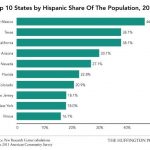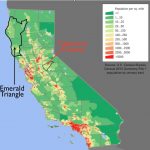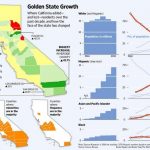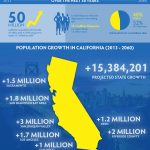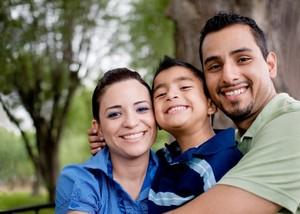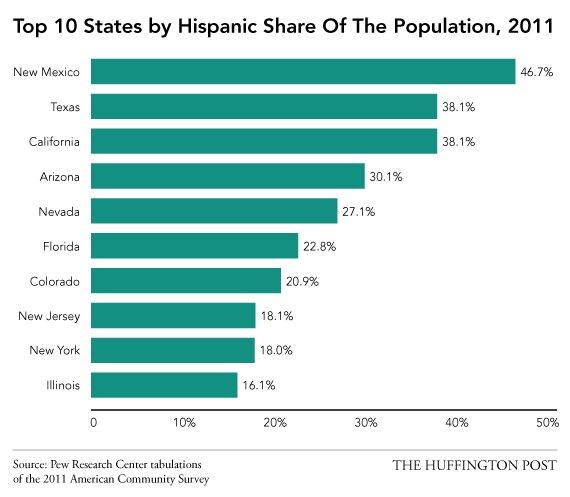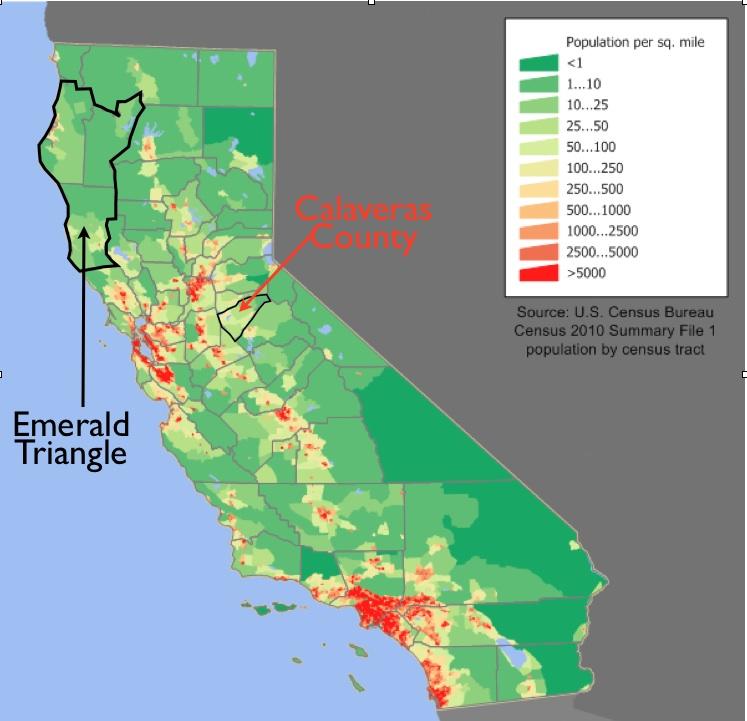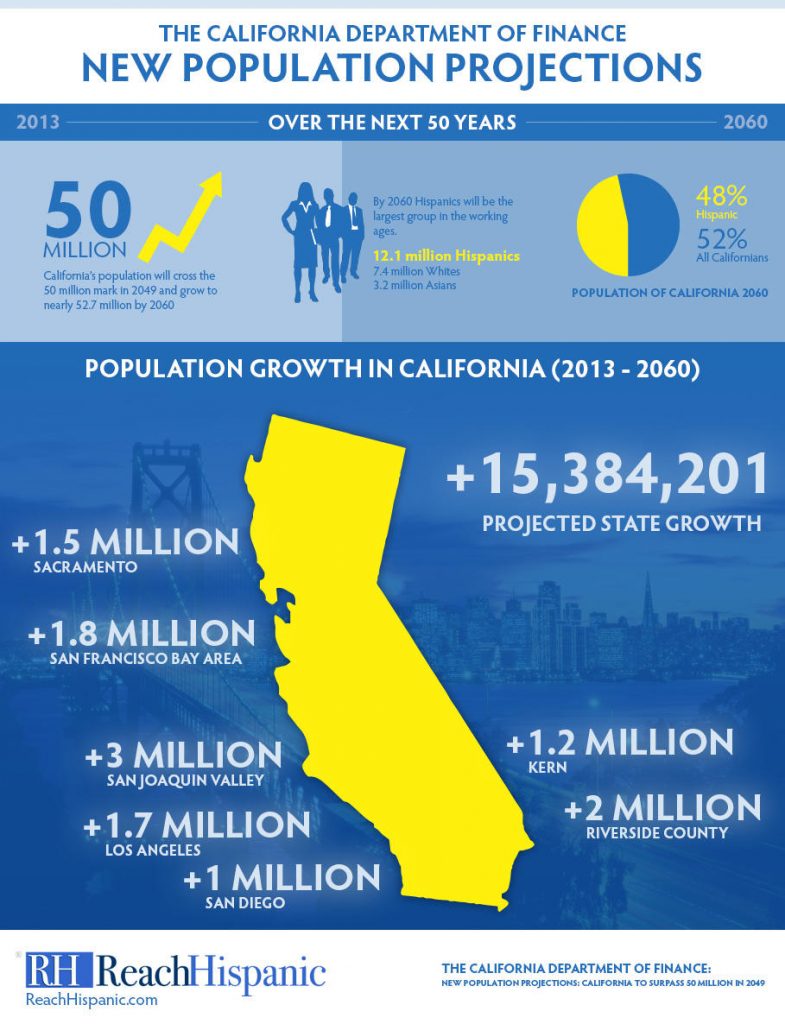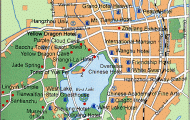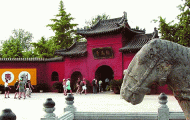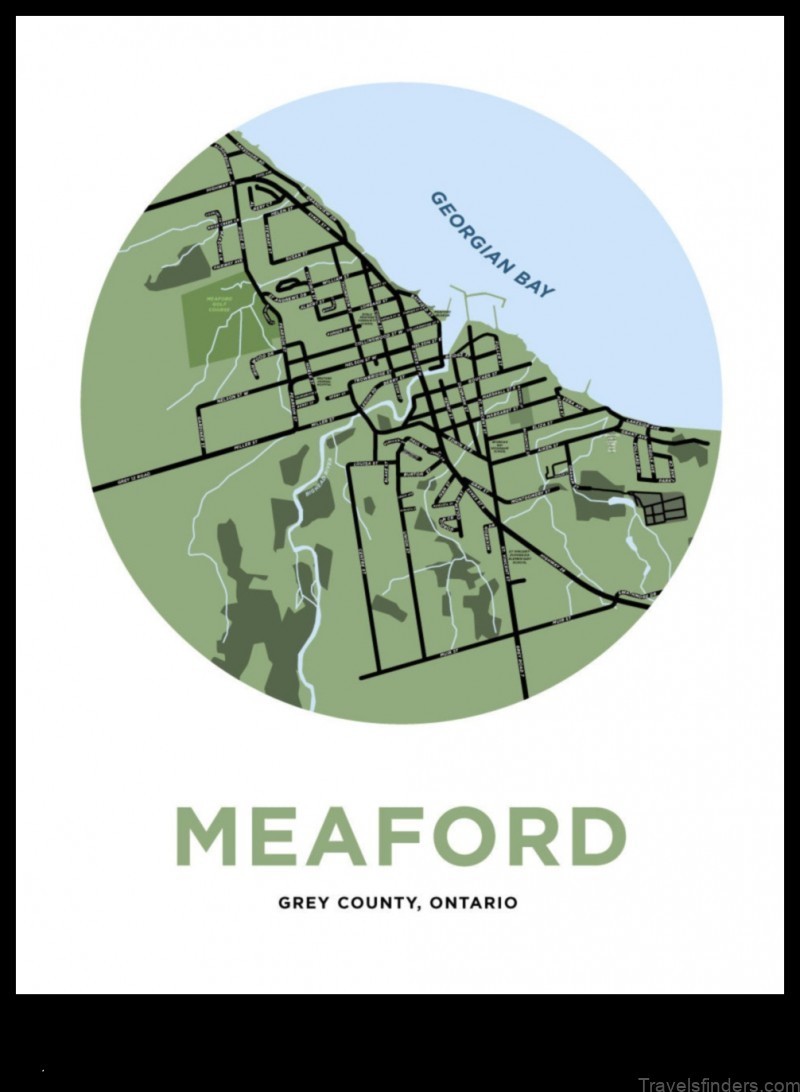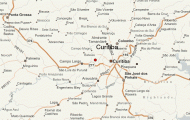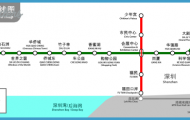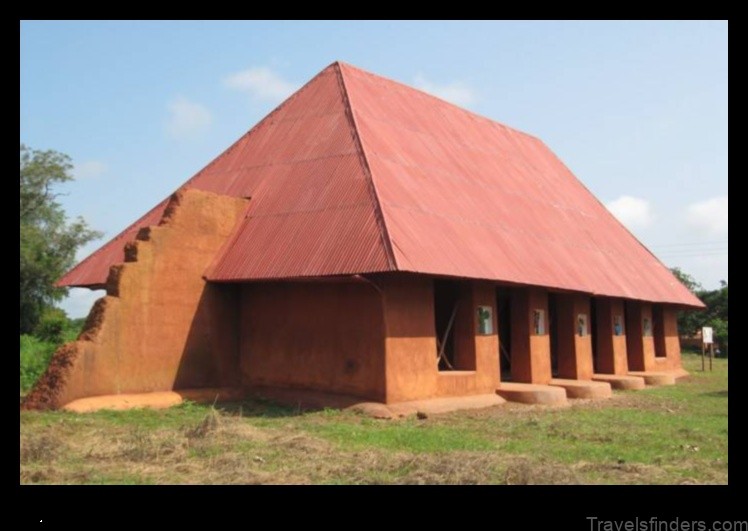Throughout the 1970s, Latinos continued to be integrated into California’s growing economy. Many Latino migrants settled in California, especially in Los Angeles. By 1980, the Latino population of the state had grown to over 4,544,331 and accounted for 19.2 percent of the total population. It is estimated that more
than half of the Latino population was living in Los Angeles county alone. While the predominant flow of migrants continued to be from Mexico, in the 1980s, the migrant flows showed new patterns of diversification.
Beginning with the Mexican migrant population, the 1980s saw flows of people from nontraditional sending regions of the country. Whereas Mexican migration had typically been associated with people from northern regions, like Michoacan, Zacatecas, Durango, and Chihuahua, an increasing number of Mexican migrants throughout the 1980s came from more southern regions of the country, including Mexico City and Guerrero. Most notably apparent, however, was a migrant stream of indigenous Mexicans from Oaxaca and Puebla. Among the latter were Mixtec migrants who were overwhelmingly absorbed by California’s agricultural economy and Zapotec migrants who integrated themselves into Los Angeles’s service economy. So many Oaxacan migrants were present in the state that by the 1990s, notable anthropologist Michael Kearney had coined the phrase Oaxacali-fornia to describe the relationship established between indigenous Oaxacan sending communities and communities of settlement in California.
Beginning in the 1980s, new migrants also came from Central American countries, including El Salvador and Guatemalacountries escaping U.S.-supported civil wars. To date, Central Americans constitute the second-largest percentage of Latinos in the state. When Salvadorans fled their country, many eventually settled in Los Angeles. A well-established community of Salvadorans in the Los Angeles Pico-Union districts was thriving in the 1990s with pupuserias, local restaurants that served handmade corn flour cakes stuffed with cheese or meats and topped with pickled cabbage and vegetables, a traditional Salvadoran dish. Salvadorans also established several refugee resource centers in that area of Los Angeles that provided services to the Central American community. They were also engaged in activism in California that shed light on the atrocities of the civil war in El Salvador. Today there are more Salvadorans living in Los Angeles than in the capital of San Salvador.
Guatemalan migrants also fled the ravages of war. In contrast to Salvadoran refugees, however, Guatemalans settling in Los Angeles and San Francisco were largely indigenous. Like Salvadorans, they also established close-knit communities throughout Los Angeles and integrated themselves into the local culture and economy.
Other groups of Latino migrants are also present in the state. Puerto Ricans, for example, have been living in California since the late 1800s. However, their unique status as U.S. citizens has often differentiated them from other Latino groups. They are peppered throughout the state, but their presence has often been overlooked. However, their contributions to California’s Latino culture are equally important. Today, California’s Latino population also boasts growing numbers of migrants from South American countries, including Ecuador, Colombia, Peru, Argentina, and Bolivia.
While new patterns of migration include a growing number of migrants from countries beyond Mexico, Latino migration is also unique today for its increasingly transnational character. Today’s Latino migrant population is not one that is typified solely by a permanent movement from their country of origin to settlement in California. Rather, Latino communities today may include people who have permanently relocated, temporary migrants or sojourners here for short periods of time, and also people who move back and forth between their places of origin and those of settlement in California. This movement back and forth has facilitated the increased flow of goods and services that span across geographic space. Thus, money transfers occur every day between Oaxaca and Los Angeles; Salvadoran delicacies are shipped daily to Los Angeles; and print media is available in California as well as countries of origin that cover events in both locations. Important holidays and celebrations from the country of origin may be celebrated in California. Terms such as Oaxacalifornia and Mexifornia capture the uniqueness of transnational Latino cultures.


